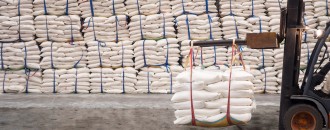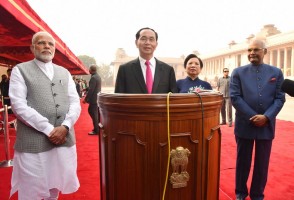
ASSOCHAM asks FM to raise CVD on gold dore to 9%
The Dollar Business Bureau
Associated Chambers of Commerce and Industry of India (ASSOCHAM) has advised the Union government to increase the countervailing duty (CVD) on gold dore from 8.75% to 9% and bring down the excise duty levied on refined gold bars from 9.5% to 9.25%. These measures were suggested to bring a balance between refineries in excise-paying areas and excise exempt areas, as they were almost equally levied in both the segments.
On an average, India imports over 800 tonnes of gold every year. However, domestic gold refining has improved by in the past three years and grew from 5% in FY2013 to 25% in FY2016. In a letter that was addressed to Finance Minister Arun Jaitley from ASSOCHAM, it stated, the refining capacity in the country may further boost in the coming years.
The industry body also shared that these changed will not incur any revenue loss to the state. Rather, explaining the benefits of dore refining over imported gold, ASSOCHAM said that India can generate huge revenues, provide job opportunities and save foreign exchange. These suggestions are an attempt to change the existing imbalance.
In the Budget FY2017, the Finance Minister had increased the CVD on gold mine dore from 8% to 8.75% and excise duty on finished gold bars from 9% to 9.5%. On top, the FM pulled away the excise duty concession on refined gold. This is an issue that cropped since FY2012, when the government allowed gold dore to be imported, maintaining a total of only 1% duty differentiation on the bars manufactured from mine dore, and that too on the import of finished gold.
This change in duty structure brought about 50% reduction in gross margins for refineries, in the excise-paying areas making their businesses unviable. Also, the gross margin for refineries in excise-exempt areas has decreased from 2% to 1.25%, clearly showing the favourable tilt of the government towards excise-exempt refineries.






 to success.
to success.